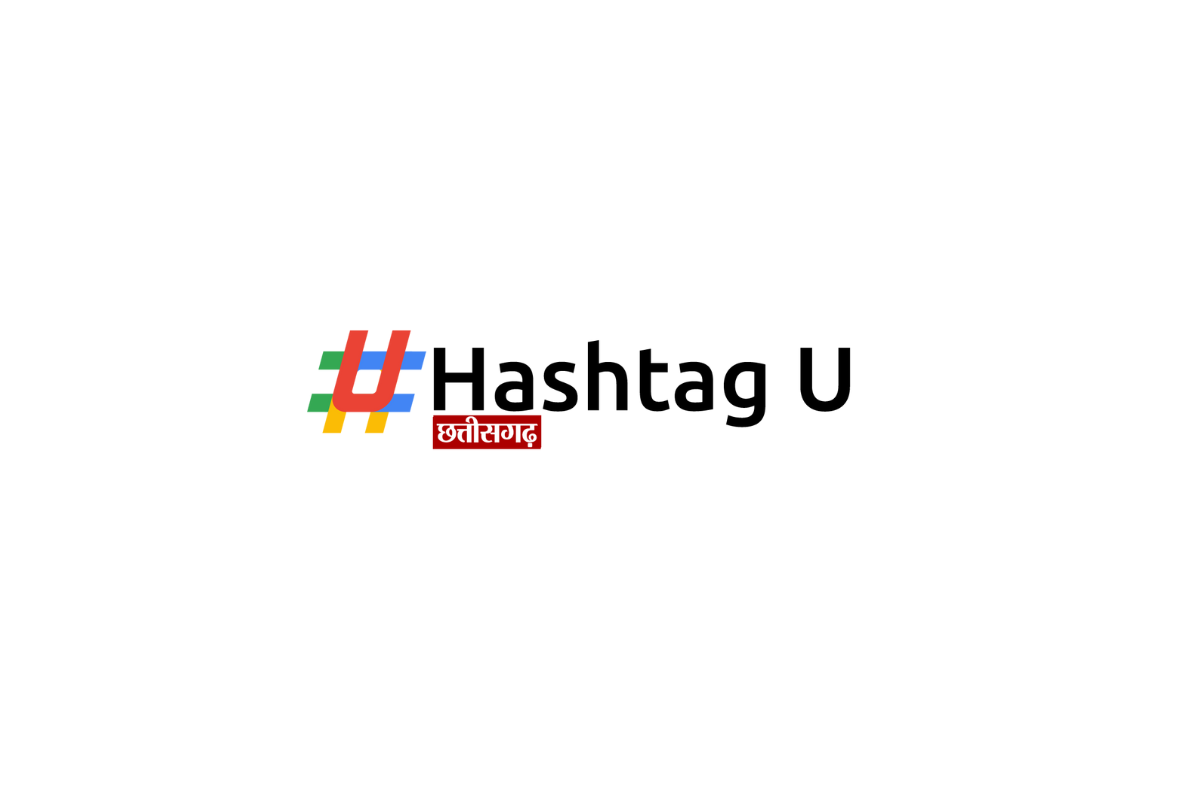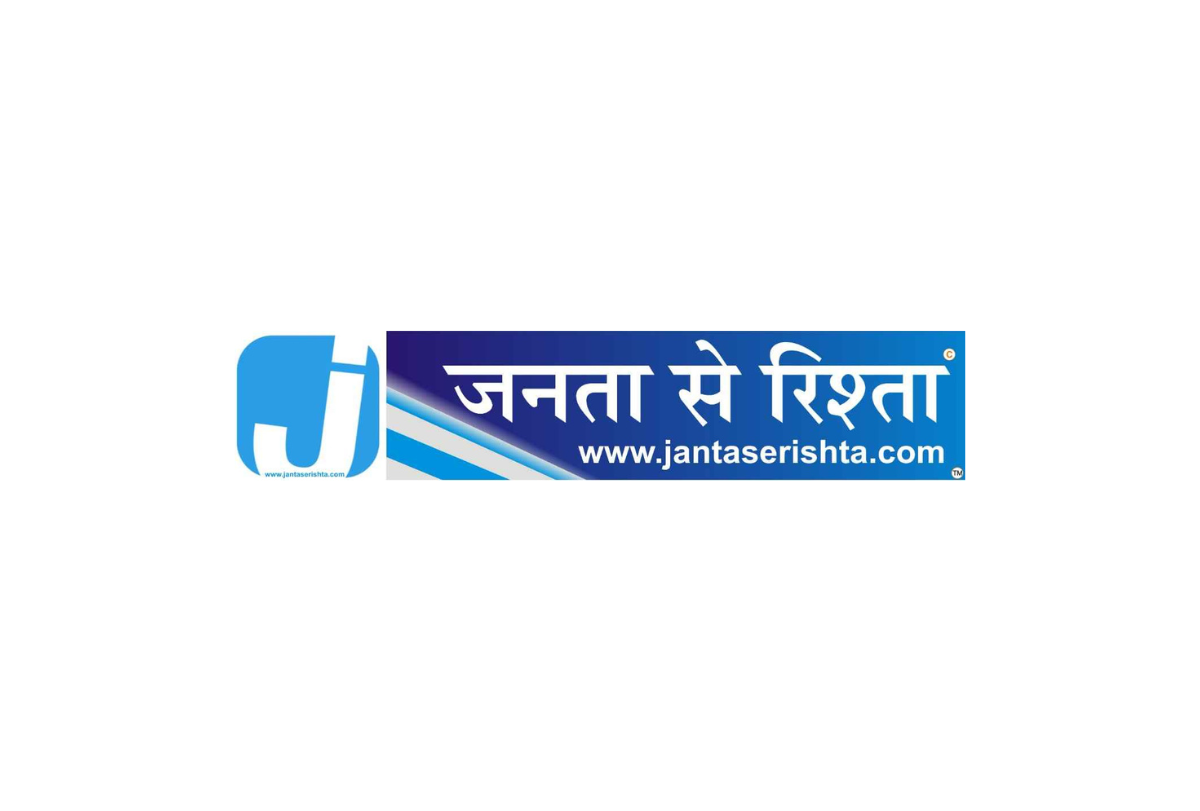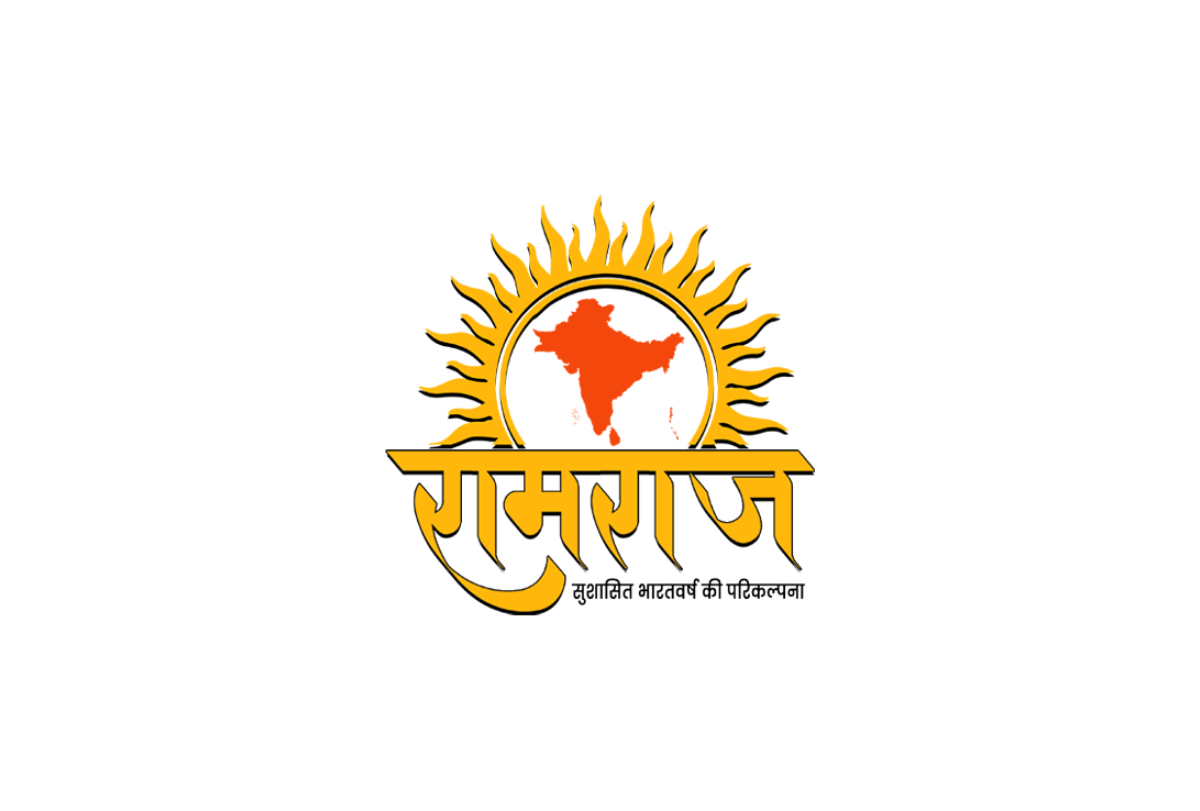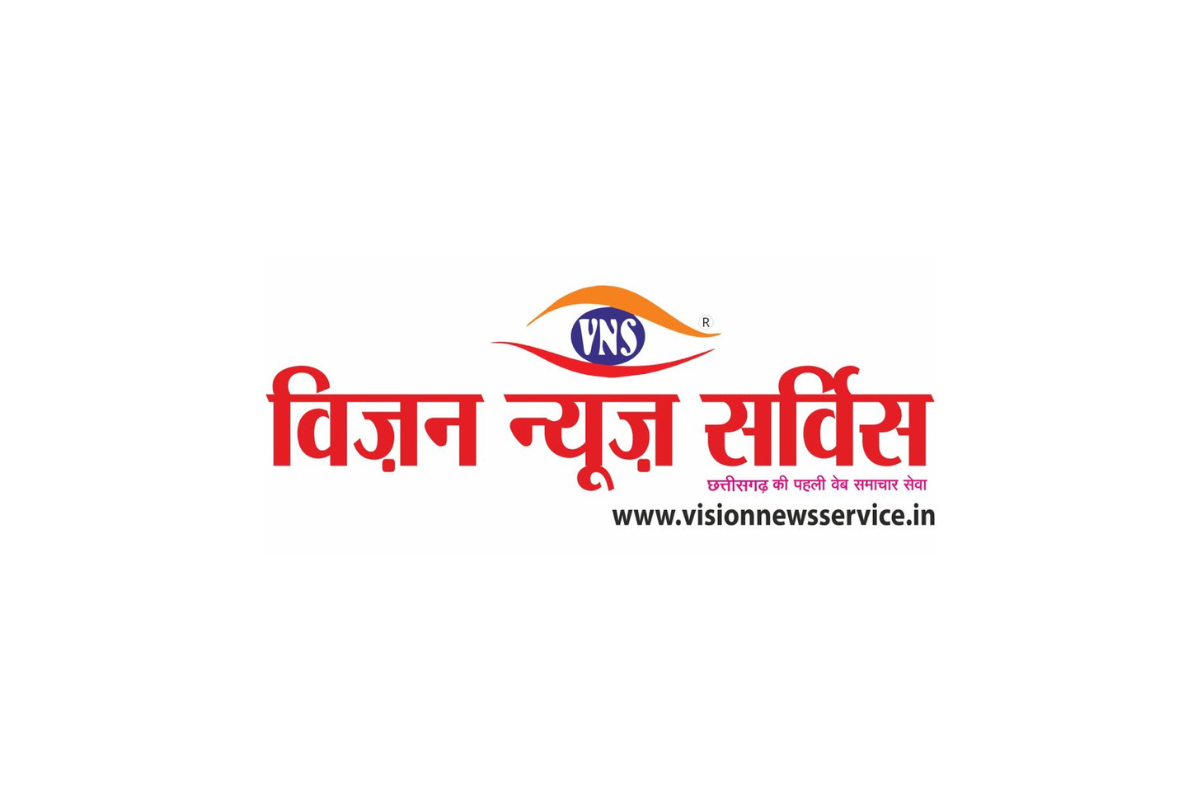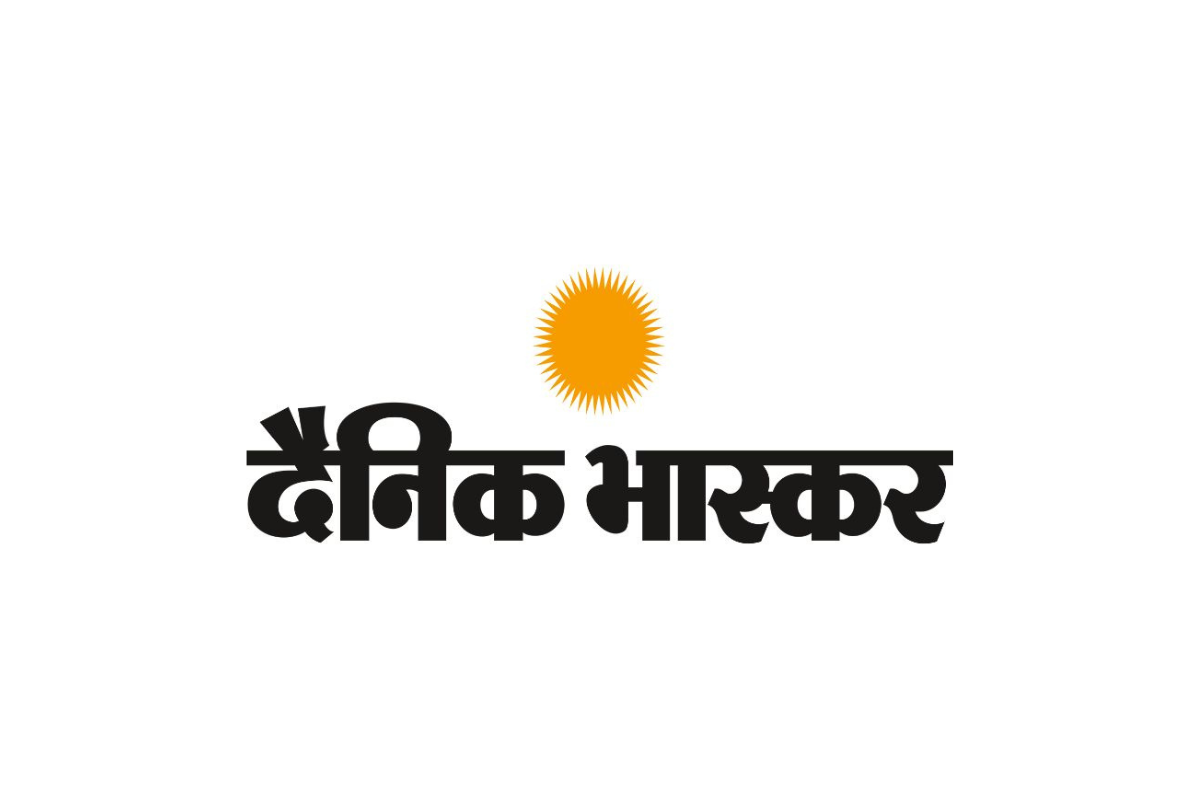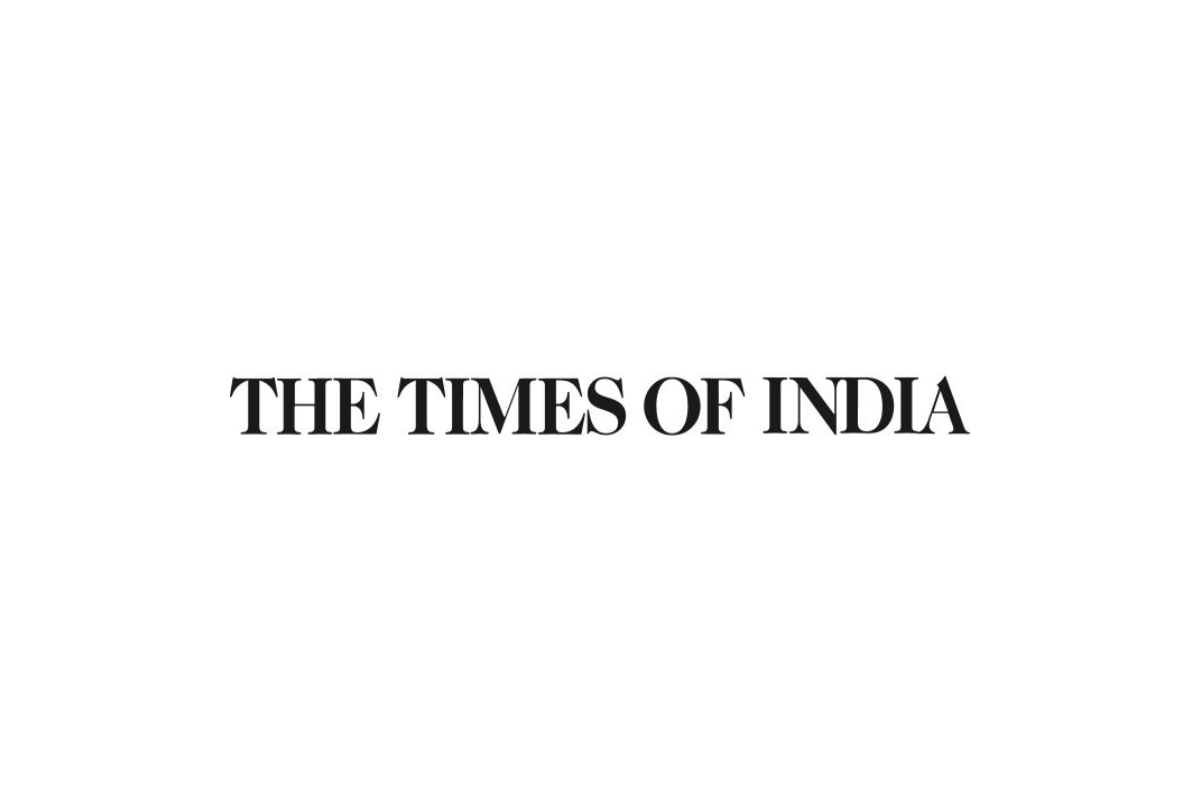Union Ministry of Health and Family Welfare has been allocated Rs. 89,155 crores a rise of 12.6 per cent compared to the revised estimate 2023
The first budget of ‘Amrit Kaal’ as Finance Minister described her 2024 proposals rode on the back of a myriad of expectations for different sectors emerging out of the context of the pandemic. Union Ministry of Health and Family Welfare has been allocated Rs. 89,155 crores a rise of 12.6 per cent compared to the revised budget estimate (BE) 2023. I had argued in my pre-budget expectation that beyond the financial allocation, the Budget has to be seen in the context of support to ongoing commitments. The government of India has a number of schemes and programmes for mothers and children targeting the first 1000 days of life, now accepted as the critical window of opportunity for health and nutrition outcomes. Beyond semantics and quibbling on focus the suboptimal results are because of challenges on transparency, public accountability, good governance and delivery giving disruptions and poor access in low-resource geographies and vulnerable communities. So, I am happy that no big schemes have been announced and the focus is on better delivery of on-going schemes.
The recently published National Family Health Survey (NFHS) Report 2019-21, shows sustained progress on various indicators (NFHS 5 as compared to NFHS 4) but also flagging areas of concern. Infant Mortality Rate decreased to 35 from 41; Neonatal Mortality decreased to 25 from 30, Under five mortality rates decreased from 50 to 42; however, anaemia levels among women and children remain sticky this is linked to other critical nutrition markers of stunting and wasting. While there is a decrease in early marriage from 27 per cent to 23 per cent (NFHS 5), this is a shame. We have the get “known knowns”, and focus on ‘proven paths’ instead of being inventive or exploring new frontiers. So directionally the budget focus on health system strengthening through National Health Mission at the core is spot on.
Last year Union Ministry announced two new programs “Ayushman Bharat Digital Mission” and “National Tele Mental Health Programme”, to empower digital health and address mental health issues both emerging as big priorities during the pandemic. Progress on these two programs have been encouraging thereby building the trust of communities. The section “Implementation of Budget announcement 2022-23” highlights progress on Ayushman Bharat Digital Mission creating new nearly 27 core accounts, 1.72 lakh health facilities, 1.03 lakh health care professionals registered and now the ABHA (14-digit number that uniquely identifies participants in India’s digital healthcare Ayushman Bharat Digital Mission mobile application) downloads exceeding 10 lakh. National Tele Mental Health Programme launched in 2022, necessary support has been provided to the nodal centre at NIMHANS. Allocation for establishing 157 Nursing colleges, Sickle Cell Anaemia Mission, program to promote research in Pharmaceutical and Joint Public and Private Medical research via selected ICMR (Indian Council of Medical Research) labs are positives in the budget. One area well attended in the budget is addressing long-run challenge on human resources; rural health statistics 2021-22 highlights the shortfall of 3.5 per cent of frontline workers, 83.2 per cent of surgeons, 74.2% of Obstetricians and Gynaecologist 79.1 per cent of Physicians and 81.6 per cent of Pediatricians in public health facilities; there is an underlying budget focus to fill this critical gap with additions on nursing colleges, an increase of MBBS, PG seats.
There is general agreement including from the Standing Committee of Health and Family Welfare to take health expenditure to 5% of GDP; Economic Survey reports the combined central and state budgetary spending is only 2.2 per cent of the GDP. It may be useful to compare this with comparable per capita income countries Philippines (5.1%), Cambodia (7.5%), and even Nepal (5.2%) is twice that of India.
The fiscal headroom is much less but still, it may be instructive to know that the USA spends 18.8 per cent and we are one of the lowest amongst G20 countries and with India’s Presidency not good optics. Report no 126 of the Standing Committee of Health and Family Welfare indicates high utilisation, 95 per cent plus of budgetary allocations in the last 5 years, additional budgets would have addressed longstanding infrastructure gaps at the cutting edge. There is some financial space from 15th Finance Commission’s Health Sector award of Rs. 70,000 Cr. for strengthening primary healthcare infrastructure. Rs 15,000 cr. announced for Pradhan Mantri PVTG (Particularly Vulnerable Tribal Groups) Development Mission will help give emphasis to healthcare to tribal communities in remote regions. The Ministry of Health has tasks cut out on bringing inter-ministerial convergence of resources and bringing partnerships with the private sector and innovation ecosystem.
(This article has been authored by Shyamal Santra, Public Health & Nutrition Expert at Transforming Rural India Foundation.)
Disclaimer: These are the personal opinions of the author.
NDTV – Dettol have been working towards a clean and healthy India since 2014 via the Banega Swachh India initiative, which is helmed by Campaign Ambassador Amitabh Bachchan. The campaign aims to highlight the inter-dependency of humans and the environment, and of humans on one another with the focus on One Health, One Planet, One Future – Leaving No One Behind. It stresses on the need to take care of, and consider, everyone’s health in India – especially vulnerable communities – the LGBTQ population, indigenous people, India’s different tribes, ethnic and linguistic minorities, people with disabilities, migrants, geographically remote populations, gender and sexual minorities. In wake of the current COVID-19 pandemic, the need for WASH (Water, Sanitation and Hygiene) is reaffirmed as handwashing is one of the ways to prevent Coronavirus infection and other diseases. The campaign will continue to raise awareness on the same along with focussing on the importance of nutrition and healthcare for women and children, fight malnutrition, mental wellbeing, self care, science and health, adolescent health & gender awareness. Along with the health of people, the campaign has realised the need to also take care of the health of the eco-system. Our environment is fragile due to human activity, which is not only over-exploiting available resources, but also generating immense pollution as a result of using and extracting those resources. The imbalance has also led to immense biodiversity loss that has caused one of the biggest threats to human survival – climate change. It has now been described as a “code red for humanity.” The campaign will continue to cover issues like air pollution, waste management, plastic ban, manual scavenging and sanitation workers and menstrual hygiene. Banega Swasth India will also be taking forward the dream of Swasth Bharat, the campaign feels that only a Swachh or clean India where toilets are used and open defecation free (ODF) status achieved as part of the Swachh Bharat Abhiyan launched by Prime Minister Narendra Modi in 2014, can eradicate diseases like diahorrea and the country can become a Swasth or healthy India.

